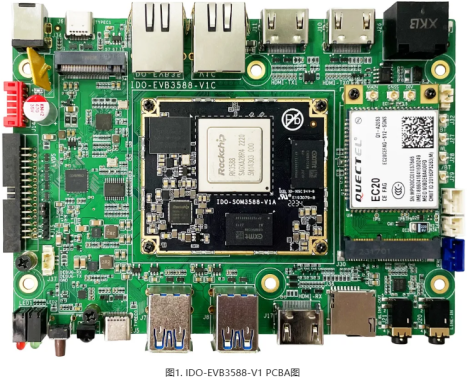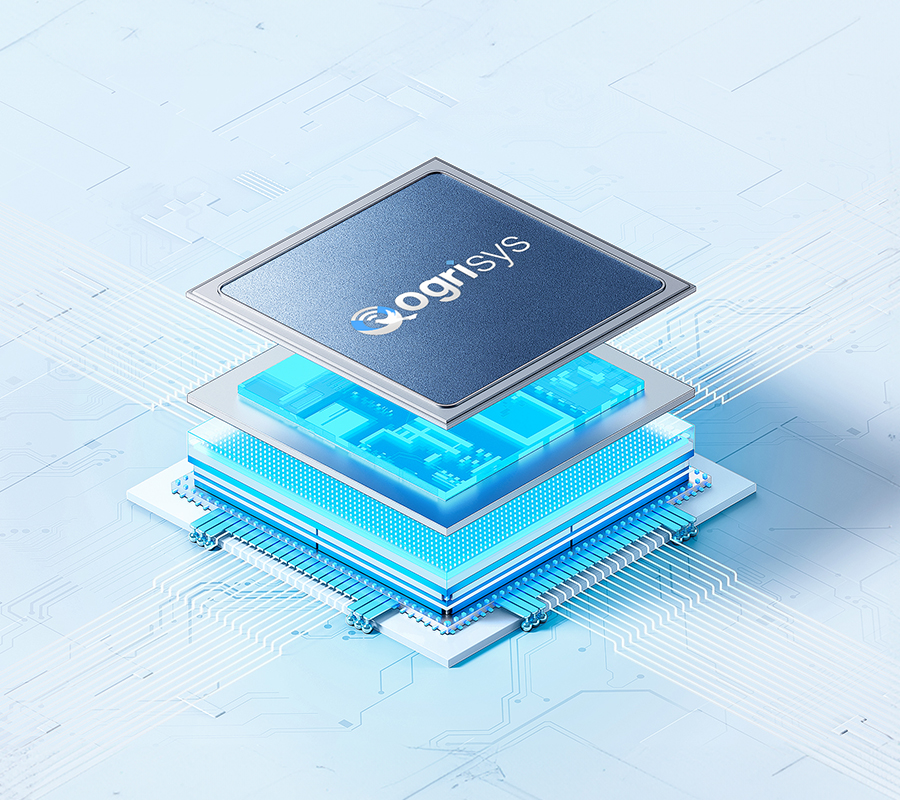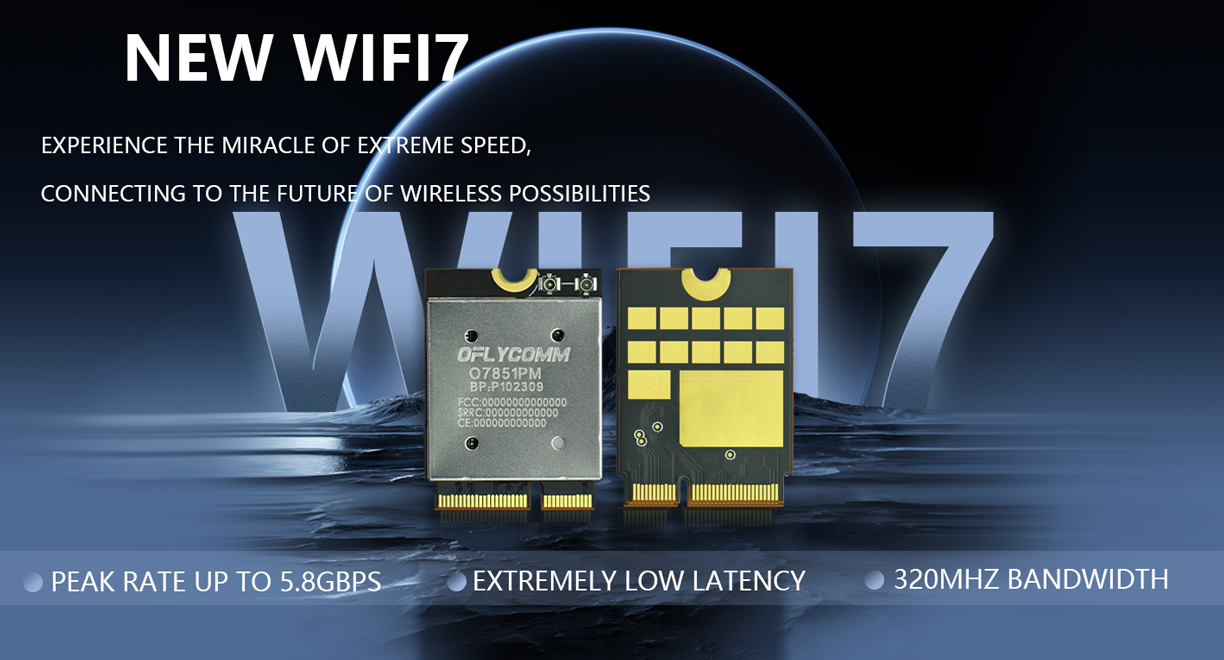-
It’s late at night, and you’re deep into your favorite show when suddenly, the screen freezes into a slideshow. The whole family is fighting for bandwidth, and your game’s latency is skyrocketing. Are these frustrating network issues disrupting your smart home experience? Don’t worry! Qogrisys has developed a cutting-edge module equipped with **Wi-Fi 6 + BT5.4**—O9201SB—that is quietly revolutionizing the set-top box industry with an unparalleled "experience upgrade"!...
-
As smart projectors become increasingly common today, user demands for image quality and functionality are continuously increasing. However, the stability and speed of wireless connectivity have become bottlenecks hindering the upgrade of user experience.
-
In today's digital age, laptops have become essential tools for work, study, and entertainment. Wireless connectivity technology, as the critical bridge between laptops and the outside world, directly impacts the user experience. Currently, the field of laptop wireless connectivity faces numerous pain points that significantly affect user satisfaction. Qogrisys's independently developed O9201PM, with its powerful Wi-Fi performance, dual-band advantages, and exceptional Bluetooth 5.4 capabilities, is set to revolutionize the industry....
-
With the advancement of wireless technology, image transmission solutions have evolved from the previous Wi-Fi 5 to Wi-Fi 6 technology. Private image transmission, due to its superior anti-interference and transmission performance, has been widely adopted in drones. As the technology matures, it is gradually being extended to ground-based image transmission solutions such as HDMI/IPC. This article will provide a detailed explanation of the adaptation of the high-power private image transmission module O9201UD which is developed by QOGRISYS based on the Wuqi WQ9201S chipset on the RK3588 platform....
-
As a professional module solution provider, QOGRISYS, in close collaboration with Wuqi, has successfully developed the O9201UD engineering prototype and continues to optimize the product.
-
In today's rapidly advancing technological world, seamless and fast network connectivity has become an indispensable part of our lives. To meet the demands of modern applications for high-speed and stable wireless connections, QOGRISYS is proud to unveil its latest WIFI 7 network card module—O7851PM. This marks a pinnacle technological achievement for O-Film Technologies in the field of wireless communication. From WiFi 4, WiFi 5, and WiFi 6 to the newly launched WiFi 7 QOGRISYS has consistently been at the forefront of technological trends, striving to provide users with exceptional wireless experiences and ushering in a new era of wireless communication technology. The O7851PM is designed based on the Qualcomm QCN7851 chip, utilizing an M.2 PCIe interface with dimensions of 22302.7mm. It achieves a transmission rate of up to 5.8Gbps ...
-
It’s late at night, and you’re deep into your favorite show when suddenly, the screen freezes into a slideshow. The whole family is fighting for bandwidth, and your game’s latency is skyrocketing. Are these frustrating network issues disrupting your smart home experience? Don’t worry! Qogrisys has developed a cutting-edge module equipped with **Wi-Fi 6 + BT5.4**—O9201SB—that is quietly revolutionizing the set-top box industry with an unparalleled "experience upgrade"!...
-
As smart projectors become increasingly common today, user demands for image quality and functionality are continuously increasing. However, the stability and speed of wireless connectivity have become bottlenecks hindering the upgrade of user experience.
-
In today's digital age, laptops have become essential tools for work, study, and entertainment. Wireless connectivity technology, as the critical bridge between laptops and the outside world, directly impacts the user experience. Currently, the field of laptop wireless connectivity faces numerous pain points that significantly affect user satisfaction. Qogrisys's independently developed O9201PM, with its powerful Wi-Fi performance, dual-band advantages, and exceptional Bluetooth 5.4 capabilities, is set to revolutionize the industry....
-
With the advancement of wireless technology, image transmission solutions have evolved from the previous Wi-Fi 5 to Wi-Fi 6 technology. Private image transmission, due to its superior anti-interference and transmission performance, has been widely adopted in drones. As the technology matures, it is gradually being extended to ground-based image transmission solutions such as HDMI/IPC. This article will provide a detailed explanation of the adaptation of the high-power private image transmission module O9201UD which is developed by QOGRISYS based on the Wuqi WQ9201S chipset on the RK3588 platform....
-
As a professional module solution provider, QOGRISYS, in close collaboration with Wuqi, has successfully developed the O9201UD engineering prototype and continues to optimize the product.
-
In today's rapidly advancing technological world, seamless and fast network connectivity has become an indispensable part of our lives. To meet the demands of modern applications for high-speed and stable wireless connections, QOGRISYS is proud to unveil its latest WIFI 7 network card module—O7851PM. This marks a pinnacle technological achievement for O-Film Technologies in the field of wireless communication. From WiFi 4, WiFi 5, and WiFi 6 to the newly launched WiFi 7 QOGRISYS has consistently been at the forefront of technological trends, striving to provide users with exceptional wireless experiences and ushering in a new era of wireless communication technology. The O7851PM is designed based on the Qualcomm QCN7851 chip, utilizing an M.2 PCIe interface with dimensions of 22302.7mm. It achieves a transmission rate of up to 5.8Gbps ...






















